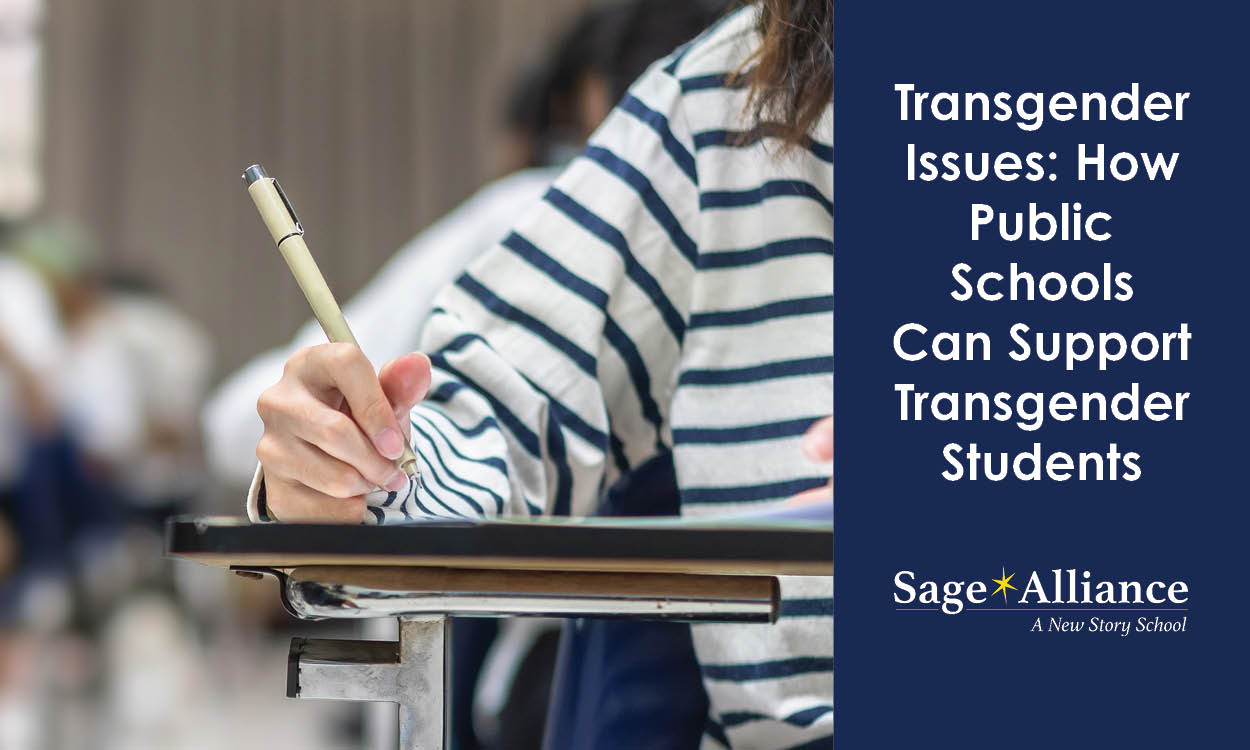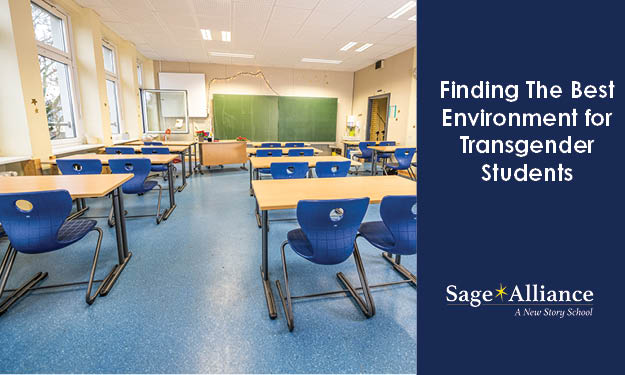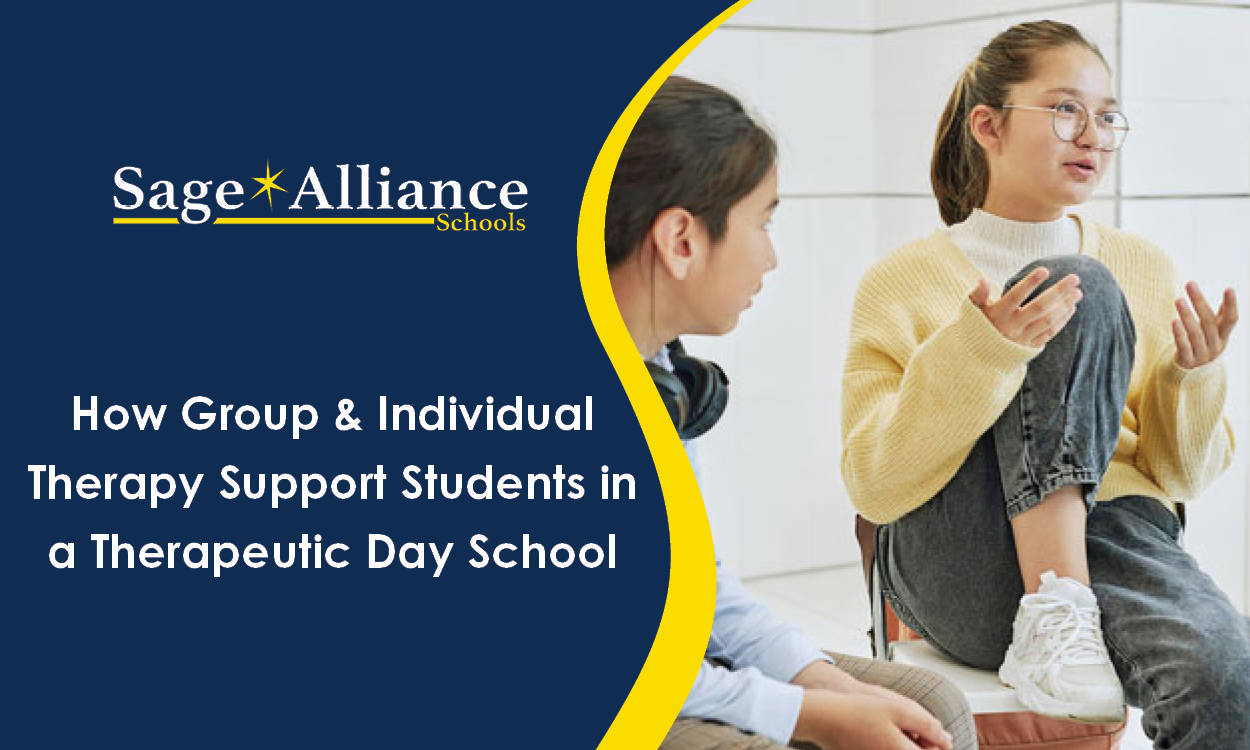Best Practices in Educating Transgender Children
Posted: January 18, 2016 | Written By: | Category: Transgender

By Yael
As transgender people and their needs gain more public attention, this issue of how to best meet the needs of trans kids in middle and high schools has become an important topic at many schools. While addressing the needs of trans kids and making spaces comfortable for them to live and grow does require some changes in attitudes and perceptions, the basic ideas behind doing so are rather simple, and just involve extending the same considerations we extend to others to those of us who are transgender.
Schools and Transgender Discrimination
There have been a number of relatively high-profile incidents in recent years of school staff discriminating against transgender students. In many of those cases, courts have ruled that such discrimination is illegal, just as it would be against any other group. In one case, in particular, a male Massachusetts middle school student who identified as female was continually sent home from school for wearing feminine clothing. As a result, the student missed so many days of school that she was unable to move to the next grade. This eventually led to the court case Doe vs. Yunits (2000), in which the courts ruled that federal antidiscrimination statues applied to the treatment of transgender children, and that school staff could not forbid transgender students from wearing clothing that would be acceptable for any other member of the gender of which they identify.
Another high profile issue around transgender students is the use of public bathrooms. Because bathrooms at schools and other public facilities are gendered, this has led to instances where transgender students are forbidden to use the bathrooms assigned to members of the gender they identify as. While there is not much legal precedent regarding the issue, the growing consensus among educators and trans advocates is that transgender children should be allowed to freely use the bathrooms they prefer, so that they are not made to feel uncomfortable or discriminated against for their gender identity.
Making Schools More Trans-Friendly
In order to make schools more friendly for transgender and gender nonconforming students, it’s necessary for staff member, students, and parents to adjust some of their attitudes about gender and the strict social guidelines people are often required to follow because of the sex they were born into. For trans kids, using the bathroom of the gender they identify with isn’t a luxury or a way to break the rules – it’s a measure necessary to feeling comfortable with themselves, and that they are accepted for who they are by peers and authority figures.
Some steps schools can take to be more welcoming to trans kids include:
-
Offering education resources about what it means to be transgender.
-
Adopting policies that are more gender neutral when possible, and allowing transgender kids to express their preferred gender identity without stigma or barrier.
-
Pointing out instances of transphobia by students and staff, and taking measures to correct them when they happen.
Want to be notified of new articles and resources from Sage Alliance? Click here to submit your email and opt into our newsletter.









